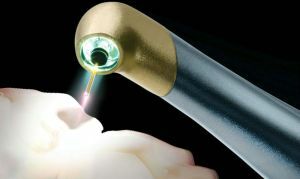 Modern dentistry does not stand still and recently specialists are actively mastering the use of a laser.
Modern dentistry does not stand still and recently specialists are actively mastering the use of a laser.
It is used for the most demanded procedures, including caries treatment, teeth whitening, pruning of the tongue. Not without laser technology and modern dental implantation.
Contents of
- What is laser implantation?
- Indications and contra-indications for use of
- laser Advantages of
- technology Stages of procedure
- Postoperative period
- View from inside and from
- "Professors" view
- Voice of the people
- Cost "bites"
What is laser implantation?
From the very title it becomes clear that in this case, the intervention during implantation is not carried out as previously with a metal scalpel, but with a laser. This is a special light beam, capable of cutting the mucosa, the gums.
Dental implantation, performed with a scalpel, also passes without painful sensations. But most patients are worried about the postoperative period, which is quite difficult due to the sutures and swelling.
In the case of laser implantation of teeth, there is practically no rehabilitation period, which is the reason for the rather high cost of the procedure.
Indications and contraindications for laser use
Laser implantation does not differ in any way from the traditional method. The procedure is recommended in the following cases:
- No single tooth .During the procedure, the doctor maximally preserves the integrity of the adjacent teeth, not allowing the
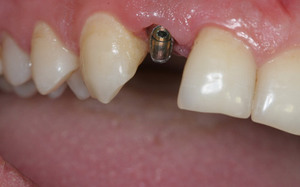 of their possible loosening.
of their possible loosening. - Absence of several teeth .In dentistry, this is called a limited defect, which is corrected by implanting suitable prostheses.
- The root-like defect .This problem applies to patients with missing last teeth. To completely correct the defect, an additional installation of an orthodontic removable structure will be required. As a fastener, the teeth located next to each other will protrude.
- Complete absence of dentition .Permanent prostheses are replaced instead of lost dental units. After this, the patient does not have to take out an artificial prosthesis every day for hygienic procedures.
- Intolerance of constructions of removable type .The composition of such structures, as a rule, includes acrylic, which can cause allergic reactions in the patient. Implant implantation will save the patient from such a problem.
- Tooth decay to the base .To solve this problem, specialists determine the presence of an intact part of the dental root, after which you can proceed to the procedure of implantation.
- Problems with jaw closure .
- High degree of erasability of enamel .
There are no separate contraindications for the use of laser technology. There are a number of reasons why the installation of prostheses can not be carried out, the doctor is oriented on it.
In the case of an existing allergy in a patient to certain medicines, preference is given to the laser.
The use of laser dangers for the human body is not. The main condition - during the procedure on the patient and the doctor should be special glasses.
Chewing functions of the artificial tooth are completely restored after three months, in some cases before. Using a laser greatly reduces the risk of inflammation of the mucous membranes of the mouth.
Advantages of
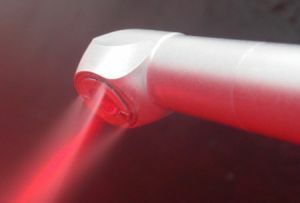 technology Light beam operation provides comfort and painlessness. The entire procedure goes noiseless, relieving the patient of the feelings of discomfort that occurs during the operation of dental instruments.
technology Light beam operation provides comfort and painlessness. The entire procedure goes noiseless, relieving the patient of the feelings of discomfort that occurs during the operation of dental instruments.
Laser dentistry in comparison with the traditional method has a number of significant advantages:
- The operation passes without blood. This is achieved through photocoagulation. The doctor gets full access to the necessary site. After the procedure, bleeding is excluded.
- Non-contact surgical intervention. The laser beam ensures the sterility of the procedure. The risk of possible complications is significantly reduced in the postoperative period.
- The beam also has a bactericidal effect, which contributes to the rapid healing of the wound. In comparison with the traditional method, the healing period is three times faster.
- The operation takes a short time, which is only 15-30 minutes.
- The number of drugs used for anesthesia is reduced. Therefore, all treatment can be called sparing.
- Solution of aesthetic problems. After laser technology, the probability of developing necrosis is reduced to almost zero. In addition, there is no displacement of the edges of the gum.
- No side effects after implantation.
- A small area that is exposed to surgery, due to the fact that the laser is aimed directly at the operated site.
- Probability of design rejection is unlikely( only isolated cases are known).
- The patient feels comfortable during and after the operation.
Stages of procedure
Before the implantation, the patient must undergo a complete examination, take all necessary tests and make a CT scan. Such measures are necessary to identify possible contraindications. If they are established, further treatment is subject to adjustment.
In addition, a thorough examination and treatment of oral diseases is required: 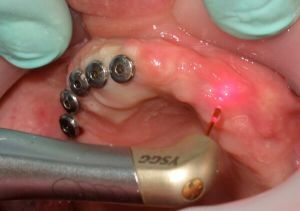
- purification of periodontal pockets;
- removal of all destroyed roots;
- if necessary, increase the amount of dental tissue.
Upon completion of all the preparatory measures, it is possible to carry out implantation. The whole procedure takes place in two stages.
First stage:
- with a laser beam pierces the gingiva, forming a channel the size equal to that of the implant;
- the implant is installed in the puncture site, after which the gingival adapter( gum former) is attached to it;
- for the most precise installation of the construction, a special device is used to guide the implant into the necessary place - the dispenser;
- in some cases requires the installation of temporary crowns for an aesthetic appearance of the teeth;
- the whole operation lasts about 15 minutes, especially severe cases can take up to half an hour.
The second stage:
- until the second stage has to wait a few months( 3-6), during this time the implant engrafts with bone tissue, after a permanent crown is established;The
- beam cuts the gum, the gingival adapter is removed, a permanent crown is inserted.
During the operation, there is no bleeding, due to the fact that the gum under the action of the laser as it opens itself. This method helps to carry out implantation quickly, simply and painlessly.
Postoperative period
After the procedure, only in the first 2-3 days there may be a slight pain that can be compared with pain after tooth extraction. As a rule, you do not need to remove pain, but if you want, you can use a mild analgesic. Appeared swelling dissolves during the first day.
View from within and from
The opinion of specialists and feedback from patients who received laser implantation of teeth.
"Professorial" view of
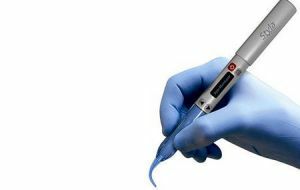 Experts disagree about the advantages of using laser technology. Most of them are convinced of the quality of the procedure, they say that it is convenient for doctors and patients. They note the painlessness of its conduct and the absence of bleeding.
Experts disagree about the advantages of using laser technology. Most of them are convinced of the quality of the procedure, they say that it is convenient for doctors and patients. They note the painlessness of its conduct and the absence of bleeding.
But some professionals consider the use of laser as nothing more than extorting money from patients. In their opinion, this technology does not differ from traditional methods, but costs several times more and not every patient can afford such a pleasure.
The Voice of the People
I had to feel all the delights of the new laser technology. Feels during the operation, it is no different from the usual method. True, there was practically no edema, but on the second day it completely disappeared.
Desna was ill, albeit not too much. In my opinion, the main difference lies in the way in which the cut is made. There was a lot of blood from the scalpel, which was not observed here. And it is, of course, not cheap.
Andrey, 34
For the first time I was faced with the fact that it is necessary to insert teeth. On consultation to me have advised operation with the laser, having told about all pluses of this method. And in fact, the wound healed very quickly, the puffiness came off by evening.
The whole procedure lasted no more than forty minutes. For the cost of a little expensive, but I do not regret the money spent, because I was completely satisfied with everything.
Alya, 29
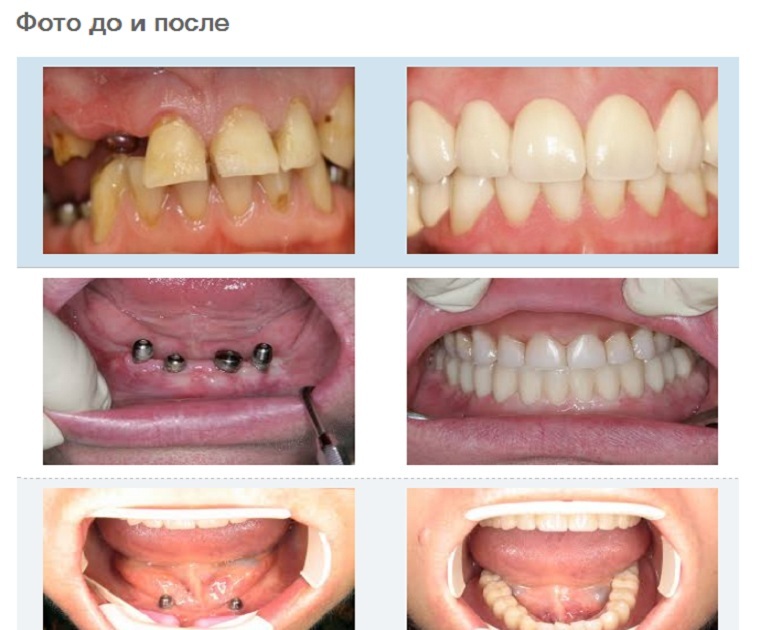
Cost "bites"
To provide this service, dentistry needs to purchase additional expensive special equipment. In addition, it is required to conduct training of specialists, which also requires financial costs.
This explains the cost of the procedure itself, which is 20-40 thousand rubles, depending on the class of the clinic, the qualifications of doctors, the quality of equipment.
